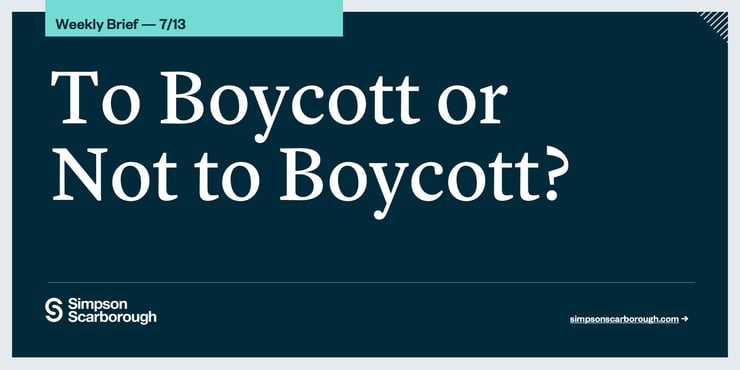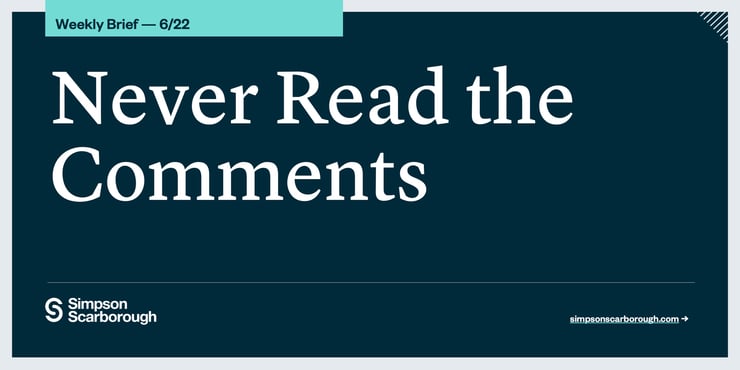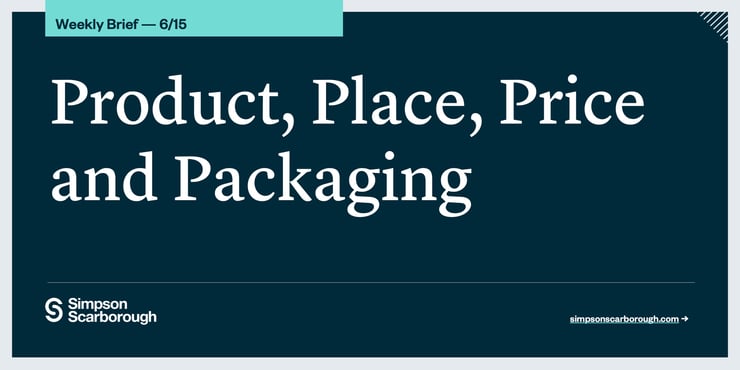We know that this week will be the most challenging week for many of you in a long line of really challenging weeks. So for this week's brief, we decided to look toward the future. But if you're not ready for that yet, just know how valuable, appreciated, and impactful your work is.
Many institutions across the country begin classes this week in some form — all online, hybrid, or in-person. In many cases, they are offering all three options. In the future, this could pose distinct challenges for marketing and communications staff. It's hard enough to differentiate one delivery method in higher education, let alone three. To make that more complicated, the one method schools have traditionally marketed — on-campus — is the one with the best proof points. In fact, for many schools, the traditional on-campus experience is the only method with proof points, as many colleges and universities have never made a robust online or hybrid offer.
True proof points for online or hybrid seemingly won't exist for a while. Outcomes like job and graduate school placement won't truly be available for a year or more, and even then, one or two classes may not be really quantifiable. So, how do we even begin thinking about the evolution of proof points?
Gathering data this fall and spring will be critical.
- Institutional Research will undoubtedly collect this, and finding positives around online or hybrid models may be like finding needles in haystacks, but that's more to do with the fact that we're living in a global pandemic than the modality of learning. We know students overwhelmingly prefer in-person learning, but success stories will be found between faculty and students in online or hybrid courses. Collect them while you can build a base of content for the future.
Student to faculty ratios are likely to shift.
- They may actually get lower as class-sizes are reduced for safety, or online classes stay small to offer better student support. Either way, it will be really interesting to see how this traditional proof point evolves and remains relevant and positive.
The benefits of geography & desired campus locations could change.
- If students are offered a mix of on-campus, hybrid, and online, the relevancy of a physical sense of place doesn't completely diminish, but it does evolve. How do you talk about a town's benefits, either for student experience or career preparedness and opportunities, if students don't come to campus as much? What are the ways that sense of place translates into academics, mission, even career opportunities — regardless of where the student is?
Return on investment could be an opportunity.
- ROI is the proof point with the most upside and simultaneously the hardest to nail down. It's long been difficult to put a concrete dollar figure here for obvious reasons. If schools continue to offer multiple modes of delivery post-pandemic, you could argue that they should be at different price points. This is insanely complicated, but if packaged well, schools could create an offering that doesn't water down the value and builds positive public sentiment to make their education more affordable and accessible.
Eventually, the majority of work for a MarComm office won't be crisis communications and reopening plans (please, Lord, make this soon). When that happens, the opportunity to reimagine the marketing of the product, its packaging, and its proof points will be one of the boldest and ambitious marketing opportunities seen in higher ed in quite some time.











